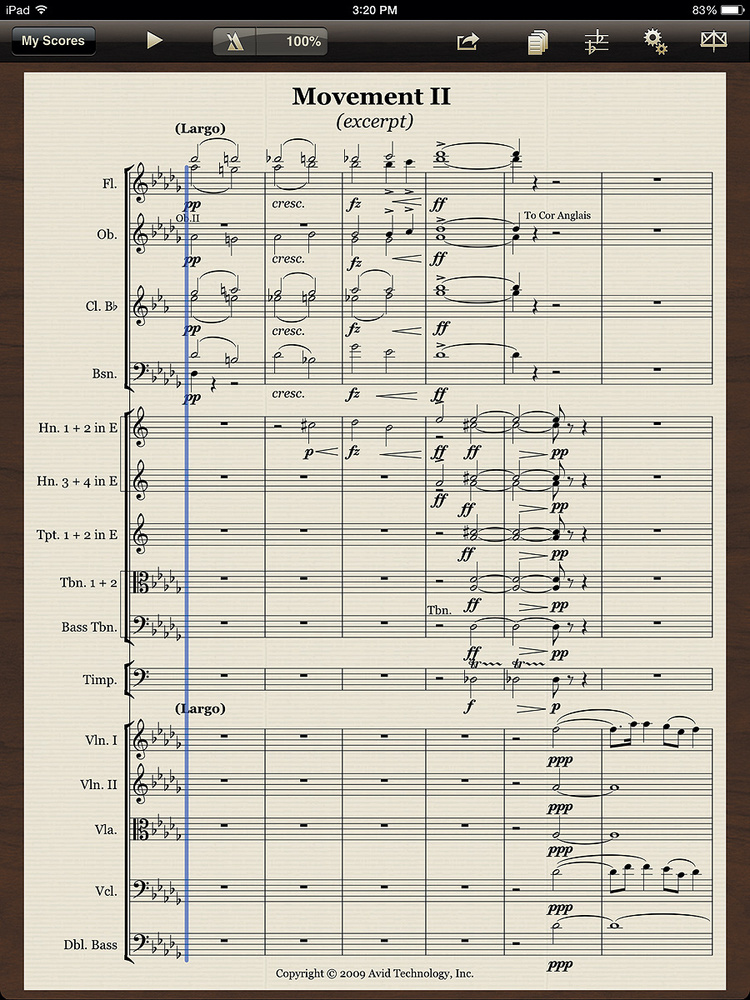
And as an added bonus, you can even save new score files of individual Versions, should you wish.
#Sibelius 5 adds notes on measure 6 full#
This automatically saves the Current Version, and creates a copy of the previous Version as the new Current Version, giving you full flexibility if you later change your mind. If you want to revert to a previous Version, a Make Current button is provided. It shows a list of Versions in the currently loaded score, complete with start and end dates and there's even a handy preview display so you can quickly browse the different Versions. The Edit Versions window provides an easy way to manage Versions. But whereas copying and pasting is about all you can do when Versions are saved as different score files, this is just the beginning of what's possible when working with different Versions of the same score. You can, after all, always load up older files to copy and paste from. However, selecting and copying are permitted, making it possible to bring data from a previous Version into the Current one.Īt this point, you might be wondering how saving Versions is any different to saving files. Because only the Current Version can be edited, earlier Versions are read‑only, and are displayed, appropriately enough, with a crumpled paper background. Once different Versions have been created, you can recall an earlier Version by using a pop‑up menu on the toolbar. For me, the default option of an optional Comment is just fine. It's possible to insist that a Comment is created for a Version, or you can disable the Comment field altogether. This behaviour can be disabled, and you can also set various options for Comments when creating a New Version. If you close the score after a period of intensive editing without creating a new Version, Sibelius will automatically prompt you with the New Version window. For example, "I changed the bass part to work as a piccolo obbligato.” This is useful to give a short description of what changed in a particular Version. You can change the name, of course, and also add a comment. Sibelius will display the New Version window and automatically suggest a Version name containing the Version number, and the current date and time. When you reach a place you might want to return to, instead of saving a new instance of the score, you can create a new Version instead, with the new Save Version command. In Sibelius 6, you're always working on what is known as the Current Version of a score. This means that new edits can be tried out, and, if you don't like them, you can always return to the original version. When you're working on a score, it's quite common to use the Save As command to create a new instance of the current score. The Edit Versions window provides an easy way to manage different Versions of your score. Simply put, this is a basic versioning system, allowing you to keep track of different versions of the same score within a single file. So to make it easier to handle revisions to scores, Sibelius 6 introduces a new feature called Versions. How many times have you created successive versions of a score, appending filenames with sequences of characters such as v1, v2, v3, and so on? And then, how often do you forget what changes were made in different versions and end up editing the wrong score? If you're anything like me, I'm guessing the answer is: quite often. One of the most interesting new features in Sibelius 6 addresses a problem with which we're all probably familiar. So it's with a wry smile, and perhaps a sign of age, that I'm once again looking at a product called Sibelius 6.

Back in the days when the program ran on the sadly now defunct Acorn personal computers, its full title was Sibelius 7 and Sibelius 6 was a more affordable version aimed at those who didn't need the full feature set. The last time I looked at Sibelius 6 was about 15 years ago.

It's now possible to display page spreads vertically, which is great for those with high‑resolution displays. Here you can see the new Keyboard and Fretboard windows, which offer alternative ways to interact with the notes on a score.
#Sibelius 5 adds notes on measure 6 plus#
The latest and greatest version of the popular score‑writing package incorporates some advanced concepts from modern word processors, plus a healthy dose of magnetism.


 0 kommentar(er)
0 kommentar(er)
